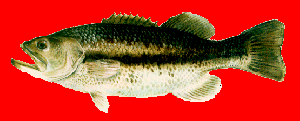The traditional approach to the requirements of the non-fish stock farmer, over centuries, has been breeding by selection, and the production of high-milk-yield cattle and broiler chickens is testament to the efficiency of this approach. With fish farming there is much less evidence for breeding by selection of desirable traits, at least partly because organising and controlling breeding programmes with fish is difficult.
The last two decades of last century have been a period in which new and quite sophisticated technologies have been developed in which biological and molecular alternatives to breeding by selection have appeared. The application of these technologies to fish have been quite rapid, partly because fish lay large number of eggs and, in most cases, the eggs and embryos develop external to the body of the female, and also perhaps because the ethical reservations which society may have about genetic manipulation are less acute with regard to fish than with other vertebrate groups.
